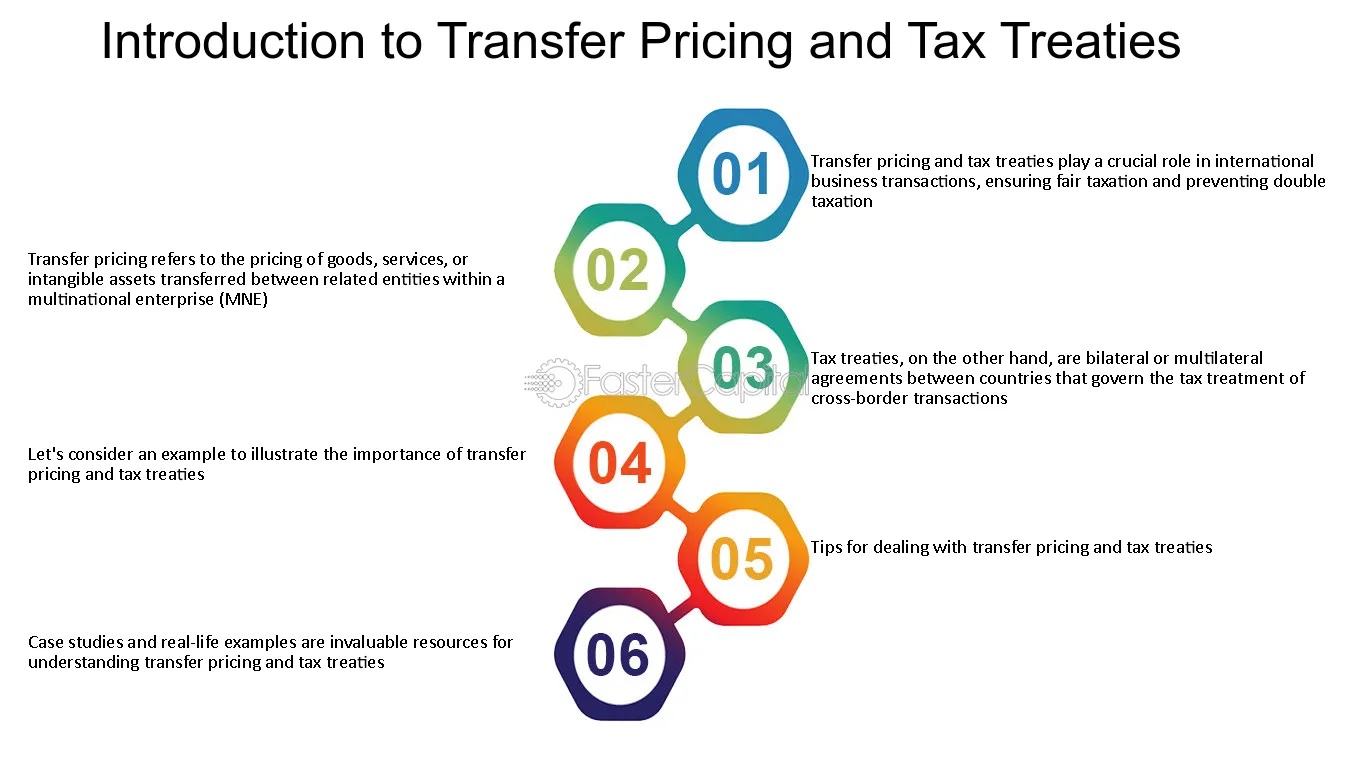Transfer pricing has emerged as a critical issue in international taxation, particularly within the European Union (EU), where cross-border transactions among multinational corporations are commonplace. These transactions, often involving goods, services, or intellectual property, require careful consideration to ensure that prices are set at arm’s length, thereby preventing profit shifting and base erosion. EU tax treaties play a pivotal role in addressing these transfer pricing challenges, providing a framework for consistency and fairness. This article evaluates the impact of EU tax treaties on transfer pricing and explores how these treaties mitigate cross-border tax challenges.
Evaluating EU Tax Treaties’ Impact on Transfer Pricing
EU tax treaties are instrumental in shaping the landscape of transfer pricing by establishing rules that prevent tax avoidance and ensure fair taxation across member states. These treaties typically incorporate the OECD Transfer Pricing Guidelines, which advocate for the arm’s length principle as a standard for pricing intra-group transactions. By embedding these guidelines, EU tax treaties contribute to a harmonized approach, reducing discrepancies and potential conflicts among jurisdictions. This alignment is crucial for maintaining equitable tax bases and avoiding double taxation, which can arise when different countries apply divergent transfer pricing methods.
Moreover, EU tax treaties facilitate dispute resolution mechanisms that are vital in addressing transfer pricing issues. The Mutual Agreement Procedure (MAP), a common feature in these treaties, allows tax authorities and taxpayers to resolve disputes amicably and efficiently. This process is essential in situations where transfer pricing adjustments by one country might lead to double taxation, requiring negotiation to achieve mutually acceptable outcomes. The inclusion of arbitration provisions in some treaties further enhances the effectiveness of the MAP, offering a binding resolution process that ensures timely and fair settlements.
Despite their benefits, EU tax treaties are not without challenges. Variations in treaty provisions and interpretations can lead to inconsistencies in how transfer pricing issues are addressed. Additionally, the dynamic nature of business models and the increasing complexity of global supply chains necessitate continuous updates to treaty frameworks. The EU’s efforts to adapt its treaties to evolving economic realities, such as the digitalization of the economy, underscore the need for ongoing collaboration and adaptation to maintain their relevance and effectiveness in managing transfer pricing issues.
How Treaties Mitigate Cross-Border Tax Challenges
EU tax treaties play a crucial role in mitigating cross-border tax challenges by providing a structured approach to taxation in an interconnected economy. These treaties establish clear guidelines for determining the tax jurisdiction of multinational enterprises, thereby reducing the risk of double taxation. By defining taxing rights and allocating profits based on economic activities, EU tax treaties help ensure that each country receives its fair share of tax revenues, aligning with the principle of equitable taxation.
One of the key ways in which EU tax treaties mitigate cross-border tax challenges is through the prevention of profit shifting. By enforcing the arm’s length principle, these treaties discourage multinationals from manipulating transfer prices to shift profits to low-tax jurisdictions, thereby protecting the tax bases of higher-tax countries. This is particularly important in the EU, where diverse tax rates and regulations can create incentives for aggressive tax planning. By establishing a common framework, EU tax treaties help level the playing field and foster fair competition.
Furthermore, EU tax treaties enhance transparency and cooperation among tax authorities, which is essential in tackling cross-border tax challenges. Information exchange provisions within these treaties facilitate the sharing of tax-relevant data, enabling authorities to better assess and audit transfer pricing practices. This collaborative approach not only aids in detecting and addressing non-compliance but also builds trust among countries, encouraging adherence to internationally accepted tax standards. As a result, EU tax treaties contribute to a more stable and predictable tax environment, benefiting both governments and businesses.
In conclusion, EU tax treaties play a vital role in addressing transfer pricing issues by fostering a consistent and equitable tax framework across member states. By incorporating international guidelines, facilitating dispute resolution, and promoting transparency, these treaties help mitigate cross-border tax challenges, ensuring fair taxation and reducing the risk of double taxation. However, as global business models continue to evolve, the EU must remain vigilant in updating and refining its tax treaties to address new complexities and maintain their effectiveness. Through ongoing collaboration and adaptation, EU tax treaties can continue to serve as a robust tool in managing transfer pricing issues while supporting economic integration and development within the region.
